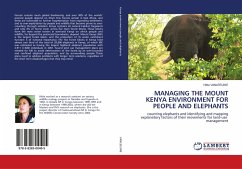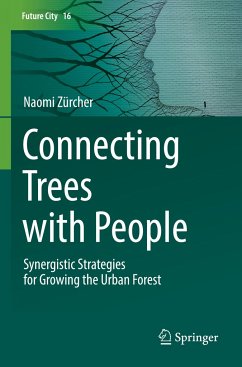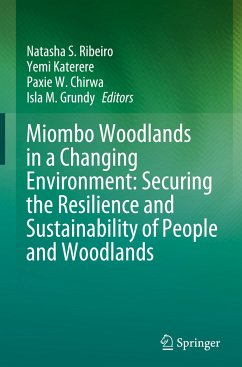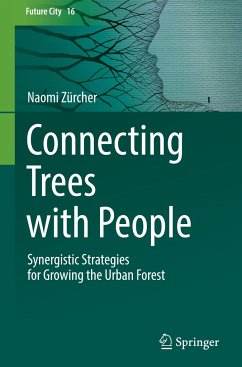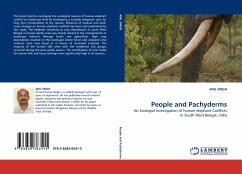
People and Pachyderms
An Ecologial Investigation of human-elephant Conflicts in South West Bengal, India
Versandkostenfrei!
Versandfertig in 6-10 Tagen
39,99 €
inkl. MwSt.

PAYBACK Punkte
20 °P sammeln!
This book tried to investigate the ecological reasons of human-elephant conflict on landscape level for developing a suitable mitigation plan for long term conservation of the species. Influence of landuse and land-cover changes on human elephant conflicts has been well established by this study. The elephant sensitivity to crop depredation in south West Bengal on broad spatial scale was mainly related to the arrangements of landscape matrices through forest and agriculture. High crop depredation resulted on the landscape where forest and cropland ratio matrices were near equal or in favour of...
This book tried to investigate the ecological reasons of human-elephant conflict on landscape level for developing a suitable mitigation plan for long term conservation of the species. Influence of landuse and land-cover changes on human elephant conflicts has been well established by this study. The elephant sensitivity to crop depredation in south West Bengal on broad spatial scale was mainly related to the arrangements of landscape matrices through forest and agriculture. High crop depredation resulted on the landscape where forest and cropland ratio matrices were near equal or in favour of increased cropland. The majority of the human kills were with the residential sub groups occurred during the post paddy season. The contribution of lone males for human kills and house damage were significantly high in all seasons.



